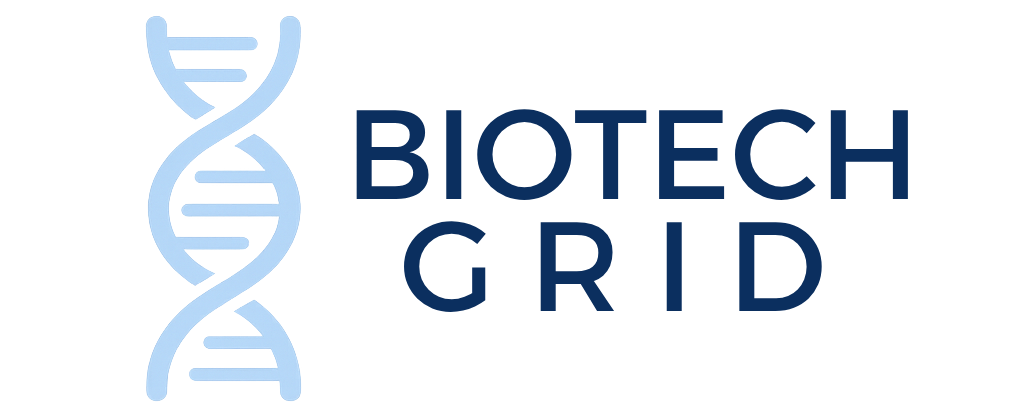
In the realm of fruit science, apple firmness stands as a pivotal characteristic that governs not only the fruit’s storability and transportability but also its shelf life and overall consumer appeal. Despite its significance, the intricate genetic and biochemical networks orchestrating this trait have eluded comprehensive understanding—until now. A groundbreaking study recently published in Nature Plants sheds light on the previously obscure molecular mechanisms driving fruit softening in apples, a revelation that promises to transform postharvest fruit management and breeding strategies worldwide.
Researchers led by Zhao, YW., Zhao, TT., and Sun, Q. employed an integrative approach combining transcriptomic and metabolomic analyses to unravel the complexity of apple fruit softening during postharvest storage. Their meticulous investigation revealed that, as storage progresses, the contents of two specific metabolites—d-galacturonic acid (d-GalUA) and d-glucuronic acid (d-GlcA)—increase significantly. These metabolites play a critical role in influencing the activity of a class 1 non-symbiotic hemoglobin known as MdHb1, directly linking metabolic changes with genetic regulation in fruit softening.
The study’s insight into MdHb1 adds a fascinating layer to our understanding of fruit physiology. MdHb1, as identified in this research, catalyzes the biochemical conversion of protopectin—a water-insoluble pectin fraction responsible for cell wall rigidity—to water-soluble pectin, thereby promoting the softening process. This enzymatic activity bridges the gap between cell wall remodeling and the observable textural changes in stored apples, highlighting MdHb1 as a molecular fulcrum in postharvest softening.
Delving deeper into gene regulation, the scientists discovered a transcriptional network overseeing MdHb1 expression, implicating three transcription factors: MdMYB2, MdNAC14, and MdNTL9. Through rigorous biochemical assays, including promoter binding studies, these transcription factors were confirmed to interact directly with the MdHb1 promoter, activating its expression. This regulatory module effectively orchestrates the temporal and spatial expression of MdHb1, coordinating the softening process at the molecular level.
Intriguingly, the researchers found a feedback mechanism mediated by the very metabolites whose levels rise during storage—d-GalUA and d-GlcA. Experimental injections of these metabolites into apple fruit demonstrated an inhibitory effect on MdHb1 transcription, either directly or by modulating the MdMYB2/MdNAC14/MdNTL9 regulatory axis. This feedback loop provides a novel insight into how fruit can modulate its softening process internally, potentially serving as a natural brake against over-softening.
To complement their molecular findings, the team harnessed histological and transmission electron microscopy analyses to visualize the structural impact of these metabolites within the fruit tissue. These microscopic observations confirmed that elevated levels of d-GalUA and d-GlcA correlate with a delayed breakdown of cell wall integrity, consistent with suppressed MdHb1 expression. This mesoscopic evidence elegantly underpins the molecular data, illustrating how metabolite-mediated control translates into physical fruit firmness.
The implications of these findings extend far beyond academic curiosity. Understanding the MdMYB2/MdNAC14/MdNTL9-MdHb1 regulatory module and its modulation by d-GalUA and d-GlcA holds transformative potential for the apple industry. Breeders can exploit this knowledge to develop apple cultivars with optimized firmness traits, balancing shelf life and consumer preference. Meanwhile, postharvest technologies might be tailored to manipulate these metabolites, enhancing fruit storability and reducing waste.
This research also emphasizes the multifaceted roles of non-symbiotic hemoglobins, typically studied within the context of plant stress responses, now unveiled as central players in fruit texture dynamics. The dual function of MdHb1 in catalyzing pectin solubility changes and integrating transcriptional controls showcases the sophisticated genetic networks plants deploy during ripening and senescence.
Moreover, the study’s methodological innovation—combining transcriptomics with metabolomics and applying in vivo injections alongside advanced microscopy—sets a new benchmark for plant molecular biology research. By triangulating data from different scientific angles, the authors provide a robust, multi-dimensional perspective on fruit softening that surpasses prior single-method studies.
The identification of d-galacturonic acid and d-glucuronic acid as key modulators opens up questions about their biosynthesis, transport, and regulation during fruit storage and ripening. Future research avenues might explore how environmental factors such as temperature, humidity, and storage atmosphere influence the levels of these metabolites, and consequently, MdHb1 activity and apple firmness.
This study also prompts reconsideration of pectin metabolism complexity in fleshy fruits. The dynamic interplay between protopectin and water-soluble pectin controlled enzymatically by MdHb1 under transcriptional regulation suggests that the softening process is far more regulated and nuanced than a simple degradation event.
On a translational front, these findings could pave the way for molecular markers associated with fruit firmness, which breeders and biotechnologists can use for precision selection and genetic engineering. The ability to modulate fruit softening genetically or via metabolic treatments introduces exciting commercial prospects for extending the shelf life of apples while preserving the sensory qualities consumers desire.
In conclusion, the work conducted by Zhao and colleagues constitutes a significant leap in our understanding of fruit softening by linking key metabolites, transcription factors, and a non-symbiotic hemoglobin into a coherent genetic and biochemical framework. This integrated regulatory network represents a crucial advancement in plant science with profound implications for agriculture, food technology, and food security.
As the global demand for fresh produce with extended shelf life increases, elucidating the molecular mechanics of fruit softening in apples can inform sustainable approaches to reduce postharvest losses. This will not only benefit producers and retailers but also consumers by delivering fruits that retain firmness, texture, and flavor for longer periods.
Ultimately, the refined control of apple fruit firmness through the manipulation of metabolic and genetic pathways sets a precedent for analogous studies in other fruit crops, potentially revolutionizing the way postharvest biology is approached across horticulture.
Subject of Research: Genetic and biochemical regulation of fruit softening in apples
Article Title: Enrichment of two important metabolites d-galacturonic acid and d-glucuronic acid inhibits MdHb1-mediated fruit softening in apple
Article References:
Zhao, YW., Zhao, TT., Sun, Q. et al. Enrichment of two important metabolites d-galacturonic acid and d-glucuronic acid inhibits MdHb1-mediated fruit softening in apple. Nat. Plants 11, 891–908 (2025). https://doi.org/10.1038/s41477-025-01964-4
Image Credits: AI Generated
DOI: https://doi.org/10.1038/s41477-025-01964-4
Tags: apple fruit softening mechanismsapple storage and shelf lifed-galacturonic acid influence on applesfruit physiology and consumer appealgenetic regulation of apple softeningimplications for apple breeding strategiesMdHb1 role in fruit firmnessmetabolite enrichment in postharvest applesmetabolomic insights into apple storagepectin conversion in apple fruitpostharvest management of applestranscriptomic analysis in fruit research



